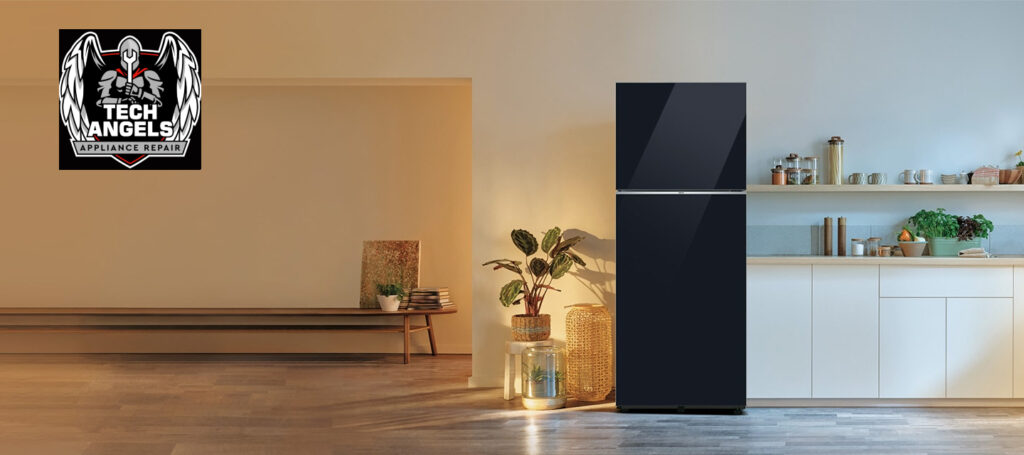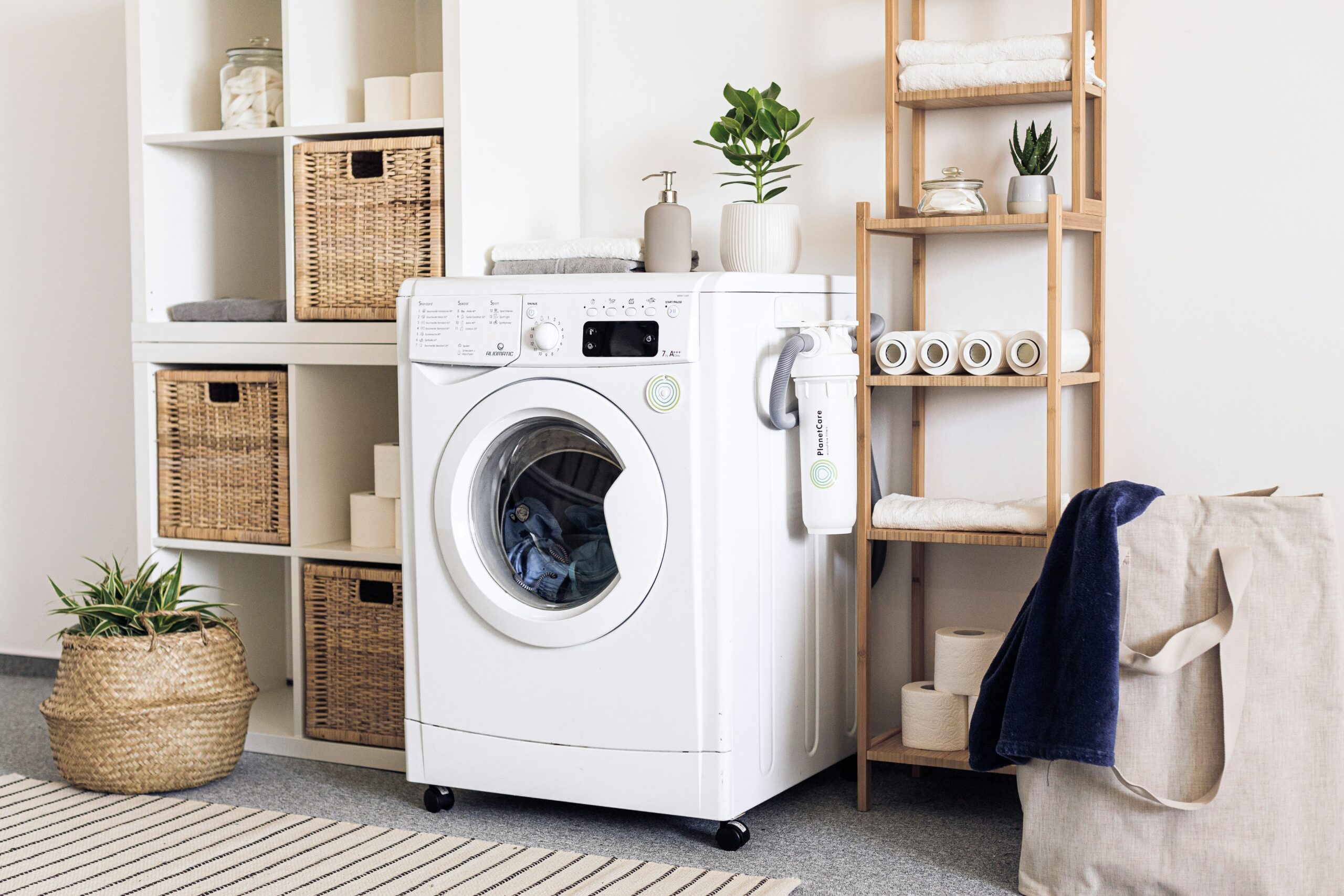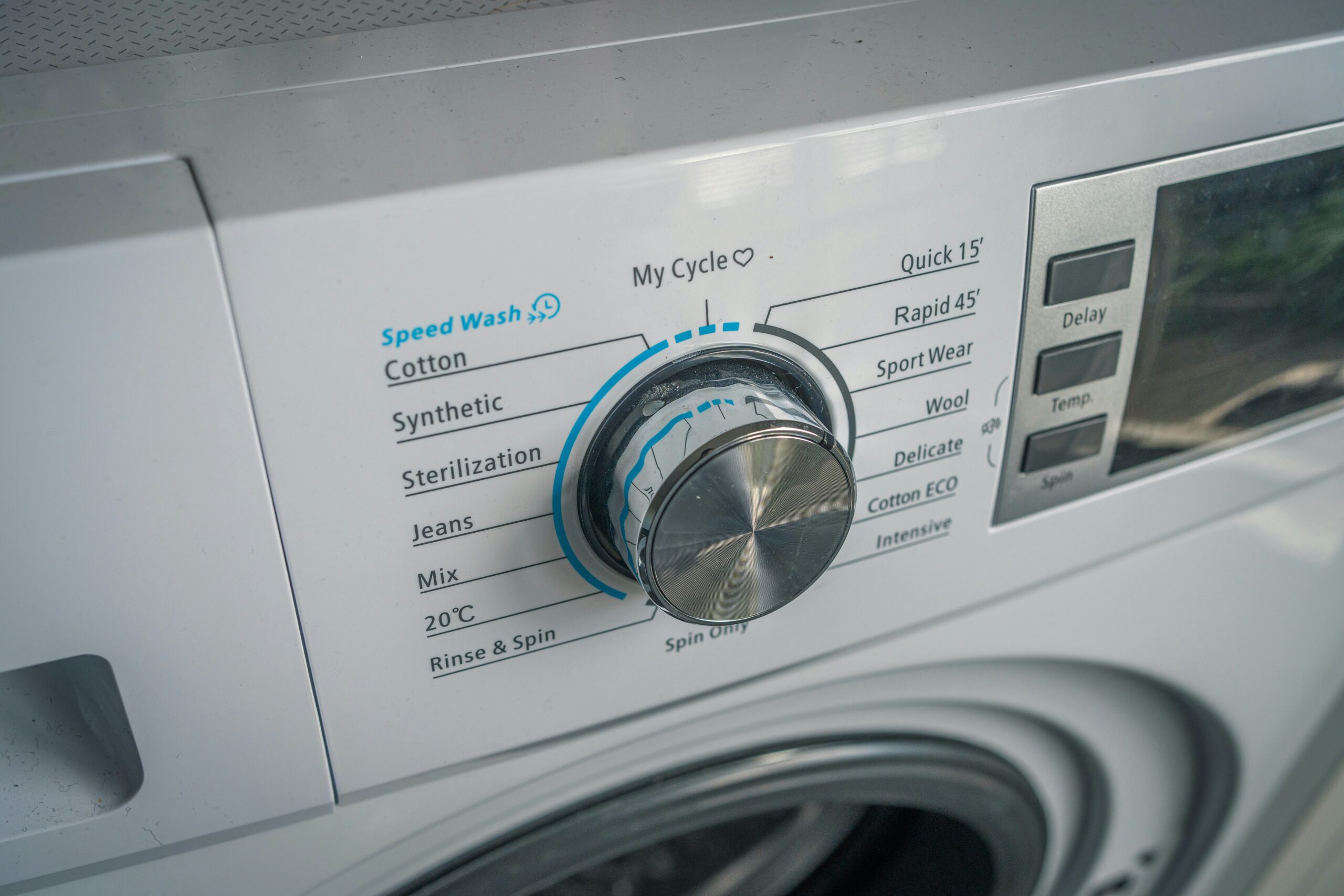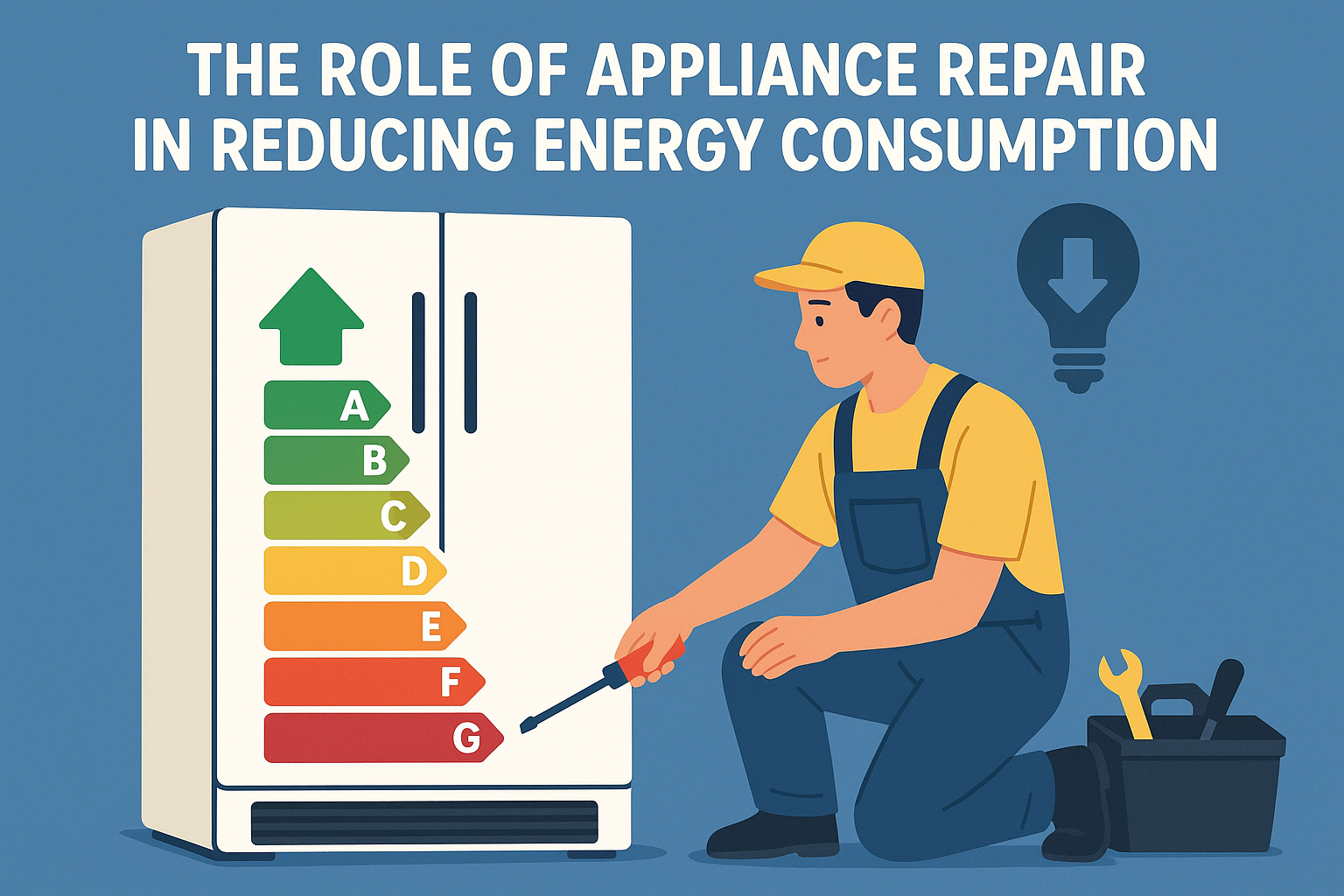When your Samsung fridge starts to act up, it can disturb the household’s routine and throw it into chaos. Suddenly you have to worry about a thousand different things like food spoilage, and figuring out Samsung fridge faults. Looking at them, these Samsung fridge problems can look like big problems that need costly repairs, but actually, most issues are quite easily fixable once you know what to look for. To make things easier, we have compiled a list of common Samsung fridge faults and how you can easily fix them!
Quick Guide: Samsung Fridge Error Codes
Before going into a detailed troubleshooting discussion, it is better to know and decode the mysterious error codes that flash on your Samsung fridge display. When these codes pop up, we usually panic and don’t understand what is happening, thinking it will get worse. But in reality, it won’t. If you know and understand these error codes, you will be able to fix your Samsung fridge faults yourself. These codes are simply your fridge’s way of telling you what is wrong and need attention.
Here are the most common codes you might come across:
- 5E or SE Error: If you see this code flashing, then your defrost sensor needs your attention. Usually, this happens when there is ice buildup around the sensor. Try to manually defrost, and check if the display has gone back to normal. But, if the problem continues, then you might need to replace your sensor.
- 22E Error: This means there is a fan motor issue. First things first, you simply have to listen to your Samsung fridge’s fan noise. Check for any unusual noises. You can also check if the ice is blocking the fan blades. This can happen for a lot of reasons like low refrigerant, incomplete defrost, poor drainage, or even from opening the fridge door too much. There are also times when your fan is silent. If that is the case, then your motor might need a replacement.
- 33E Error: This code indicates a temperature sensor fault. Check your fridge for visible wiring damage. This usually requires a professional repair service provider since this deals with electrical issues.
- 39E or 14E Error: A 39E or 14E Error means ice maker sensor problems. Firstly, check if there is any ice buildup around the sensor. Most of the ice maker sensors usually have this problem. You should defrost the whole freezer and do a whole sensor check. Most of the time, it resolves the problems.
- 88 88 Display: This usually means that there is a communication error between the display and the main control. You can easily fix this by unplugging the fridge for a minute. But if this doesn’t work, you might have to take a look at the diagnostic mode for the control board.
These are the basic error codes that are common in a Samsung fridge and can be easily fixed.
Those Frustrating Cooling Issues
The cooling problem is one of the biggest Samsung fridge faults. It is also the most common one. These cooling issues can make your food spoil faster, and end up making you think that you need to replace the entire fridge. But the solution is much simpler than you expect. Sometimes, we don’t realise that the fridge is not at the correct temperature. So, before diving into handy stuff, check if the temperature display is showing the correct setting. It should be between 37-40 degrees F. Sometimes an accidental bump against the fridge can cause your control panel to change settings.
But, there can be times when the settings are correct and you’re still having issues.
Related: Troubleshooting Washing Machine Diagnostic Mode: A Step-by-Step Guide
When Your Fridge Just Won’t Cool
Some of the other cooling problems come from two things.
The first one is the most common problem – blocked air vents. Those air vents in your fridge walls aren’t just for show, they are important for proper air circulation. To make sure, there is good circulation, take a quick look inside your fridge. Check if there are any items pressed right up against the back wall. If they are, keep them a little away because sometimes that’s all it takes to disturb the cooling process.
Another reason for your cooling issues could be a dirty condenser coil. When these coils get overloaded with dust, your fridge has to work harder to stay cool. That’s why it is important to keep it clean at all times. You can find these condenser coils behind or under the fridge. They are behind the kick plate. You can do a quick little vacuum every few months. You will see a big difference in your fridge’s cooling.
Ice Maker Troubles
Samsung ice makers are known to be a little troublesome. Many Samsung fridge users have complained about the ice maker having different kinds of issues. The good news? You can solve these issues by yourself without calling a professional! You simply need to know what you’re looking for.
The most common ice maker problem is that it just stops making ice. It can be frustrating. But, before you panic, check if the ice has formed a layer that has blocked the ice maker itself. Again, this is a very common reason why your fridge has no ice.
To get that lovely ice back again, simply do a quick defrost cycle. It should melt all the ice remaining in the fridge and clear out all blockages. But if this doesn’t work, then make sure that the water pressure of your fridge is accurate. It should be between 20-125 psi. Along with this, check if your water filter is blocked. If it is, you should simply clean it.
Related: How Long Should Major Appliances Last?
Strange Noises
Every fridge makes certain sounds, and so does the Samsung fridge. So, if you hear some noises, don’t worry. Most of these noises are actually normal. But, it is also important to know which sounds are okay and which ones are not okay. Knowing these beforehand will save you a lot of money. So, let’s distinguish between the normal and unusual noises.
Normal Noises
- Clicking or Ticking: Every fridge makes a regular clicking sound. It’s usually just your temperature control system doing its job. You can also hear these sounds when your compressor turns on and off. Don’t worry, these sounds are perfectly normal.
- Buzzing or Humming: Fridges make a low, steady hum. It is the sound of your compressor running. A compressor is like your fridge’s engine, it is supposed to make this kind of noise.
- Whooshing or Gurgling: Yes, these water-like sounds come from your fridge. These are usually made by your fridge’s refrigerant flowing through the system. You can hear it clearly right after you close the fridge door.
- Cracking or Popping: These sound like someone is throwing tiny pebbles at your fridge. But, it is just the sound of normal expansion and contraction of parts because of temperature changes.
Warning Sounds
- Loud Rattling: If your fridge is sounding like there is a loose screw somewhere, then there actually might be one! Don’t ignore it. Check the compressor and see if the compressor lines are touching something that they shouldn’t.
- Squealing or Chirping: A high-pitched noise from your fridge is uncommon. It could mean that your fan motor bearings are wearing out. If you hear these noises then it is better to get your fridge checked before it turns into a bigger problem.
- Knocking or Banging: Such knocking or banging noises only mean that there are problems with the compressor. Rather than getting your hands dirty, call a professional and let them take a look.
- Buzzing: If the normal hums of your fridge are turning into angry buzz, then your condenser fan motor might be having some issues. This noise would usually come from the back of your fridge. Listen closely and carefully. Then, get them checked.
Problems with Smart Features
Samsung fridge’s smart features are known to be great. But only when they work. When they don’t work, it’s like your fridge is throwing a tantrum and giving you a cold shoulder. Here are some ways you can correct your Samsung fridge’s smart feature problems:
Wi-Fi Connection Issues
- Connection Keeps Dropping
- First, check if your router is showing on 2.4GHz (and not just 5GHz).
- Keep your router near your fridge.
- Avoid metal objects between the fridge and router.
- Try repositioning your router closer to the kitchen, if possible.
- Smart Hub Reset
- Press and hold the Wi-Fi button for 30 seconds.
- Wait for the connection process to complete. It will take 2-3 minutes.
- If that doesn’t work, then you would have to factory reset the smart hub.
SmartThings App Problems
- App Not Recognising Fridge
- Make sure your phone and fridge are connected to the same Wi-Fi network.
- Try removing the fridge from the app, and then adding it again.
- Update your SmartThings app to the latest version.
- Features Not Responding
- Check if your fridge’s software is up to date.
- Clear the SmartThings app cache.
- Sign out of the app and then sign back in.
Related: How to Use and Troubleshoot Washing Machine Diagnostic Mode
When Should You Call Professionals?
While many Samsung fridge faults can be fixed at home, certain problems need expert attention. Sometimes calling a professional at the right time can help you avoid costly repairs in the future.
Watch out for these warning signs:
- Electrical Issues: If you notice burning smells, sparking, or frequent circuit breaker trips, then don’t even think about DIY repairs. Those repairs could end up costing you more.
- Cooling System Problems: If your fridge is continuously having temperature issues even though you have tried all basic fixes. Or if you smell chemical odours that might give you a hint of refrigerant leaks, call in an expert.
- Complex Faults: If multiple error codes are flashing on display at the same time, or other problems are continuing irrespective of temporary fixes then call a professional.
- Water System Issues: When there are continuous leaks that can’t be traced to the water filter or unexplained ice maker problems, then it should be handled by a certified technician.
Remember to choose a technician certified for Samsung appliances and keep your warranty in mind when considering third-party repairs. You can count on Tech Angels to provide you with good quality Samsung fridge repairs on the same/next day by skilled and certified technicians.
Conclusion
After years of tackling Samsung fridge problems, we are here to tell you that most issues are not as daunting as they seem. Sure, those error codes might look scary, and strange noises can be worrying, but many Samsung fridge faults can be fixed with basic troubleshooting and regular maintenance. Keep those coils clean, check the door seals, and don’t ignore unusual signs. And most importantly, remember that calling a professional early can save you from bigger repairs in the future






